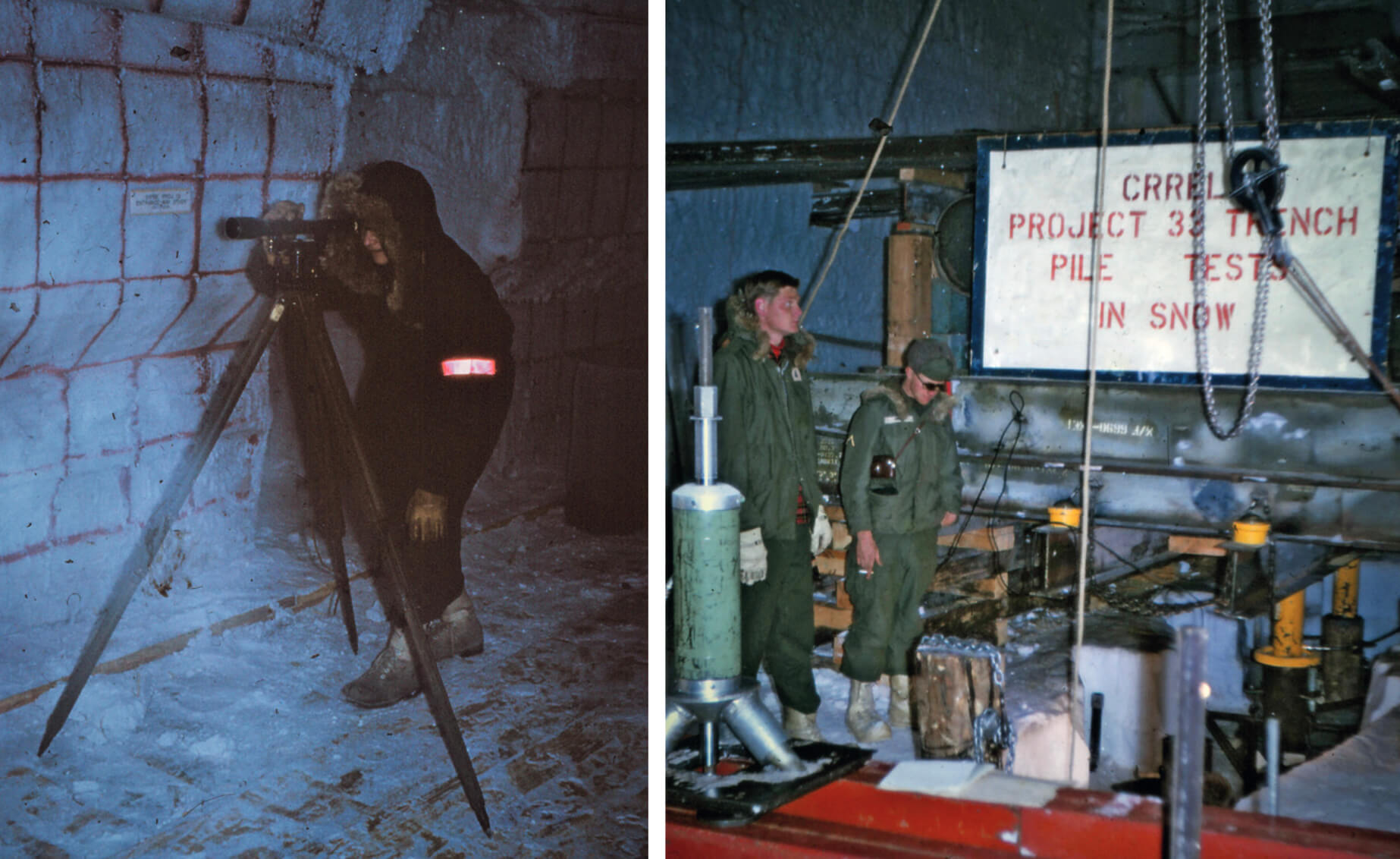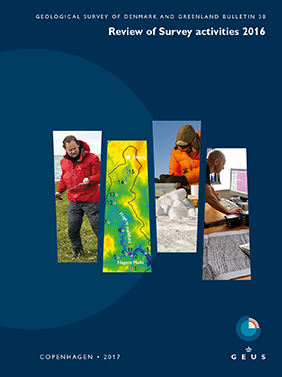
How to Cite
Share
Abstract
Camp Century was a military base constructed by the US Army Corps of Engineers (USACE) in 1959 in the nearsurface layers of the Greenland ice sheet at 77.13°N and 61.03°W and 1910 metres above sea level (Clark 1965). The c. 55 ha base housed between 85 and 200 soldiers and was continuously occupied until 1964 (Fig.1). Camp Century primarily served as an experimental facility for the USACE to test ice-sheet construction concepts. Recent Danish scholarship has documented the political and military history of Camp Century in substantial detail (Petersen 2007; Nielsen & Nielsen 2016). To summarise, Project Iceworm, the US Army ambition to deploy offensive missiles within the ice sheet, was never realised. After three years of seasonal operation, Camp Century was finally abandoned with minimal decommissioning in 1967. The Government of Denmark has now established a GEUS-led programme for long-term climate monitoring, as well as one-time waste mapping, at Camp Century. Here, we briefly review the historical scientific activities at Camp Century and introduce the future goals of the Camp Century Climate Monitoring Programme. Finally, we discuss the challenges and outlook of climate monitoring and waste mapping at the former military site.
How to Cite
Share
Downloads
Editors Adam A. Garde and Ole Bennike
The 17 contributions in this Review of Survey activities reflect the wide range of activities currently performed by the Geological Survey of Denmark and Greenland, commonly in collaboration with external partners.
Topics in and around Denmark include the important Danish potential for geothermal energy, a shale gas [...]










